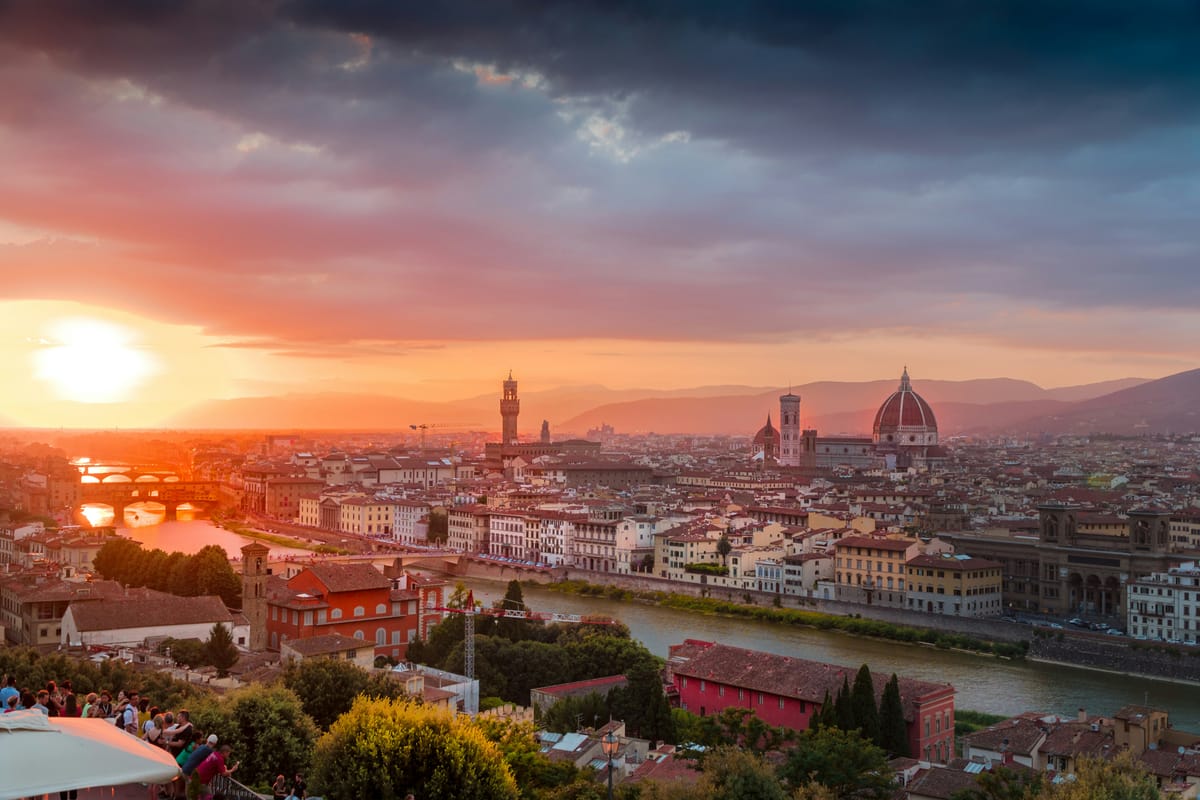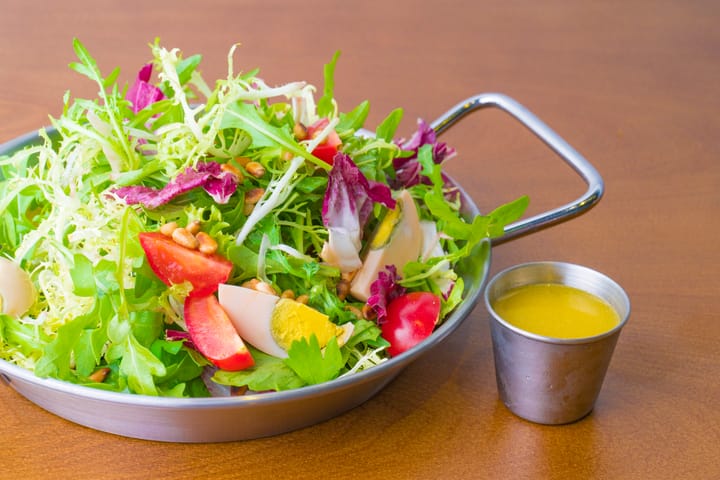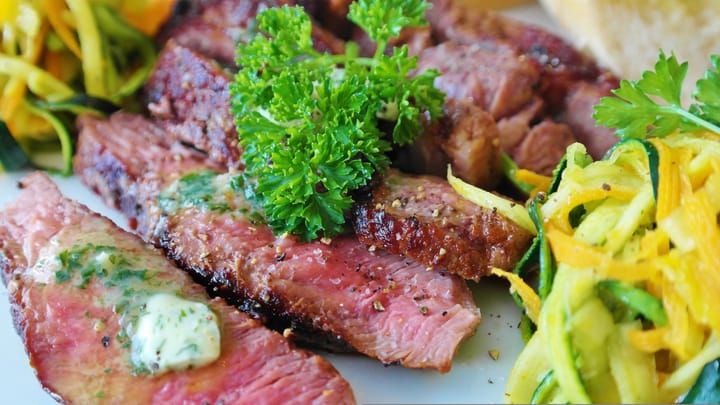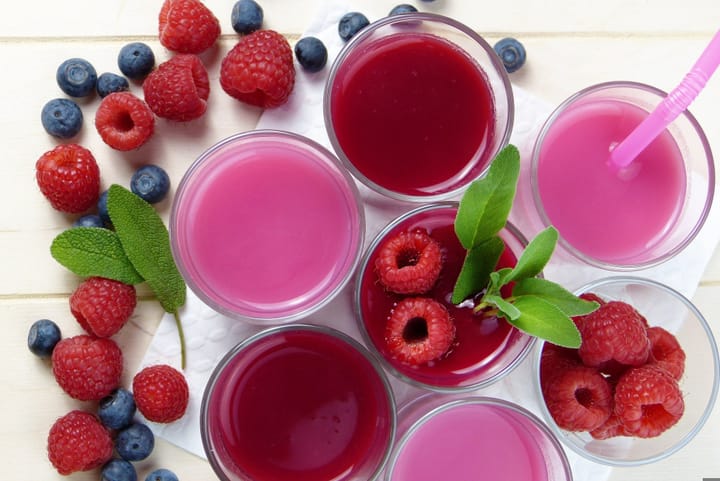One Day in Florence: Springtime, Books, and Butter Croissants

Waking up in the small town of Castenaso, just 12 kilometers from the center of Bologna, feels like a blessing. Mornings here are simple and fresh. Somewhere in the distance, a donkey’s lazy steps echo softly from a nearby farm. All around are sprawling green fields, dotted with medieval chapels and solitary old houses. The rapeseed flowers haven’t fully bloomed yet, and there’s a faint scent of grass in the air. I stretch lazily on the stone-paved path of the farmhouse, sunlight soaking into my body. In that moment, I feel like I’ve personally summoned spring.
My colleague and I sip coffee on the porch. The air is still cool, but the sunlight warms everything it touches. We talk quietly, listening to the wind. Everything feels open, as if the day has arranged itself just right. The woman who runs the farm appears in a long earth-toned dress and a warm, pale pink cashmere scarf. She looks like a blossom in full bloom.
She brings me a freshly baked cheese cream croissant. This kind of pastry, called croissant in French and cornetto in Italy, requires a generous amount of butter to create its flaky texture. Though its origins trace back to Austria, it gained fame in France, where bakers refined it into an art form. People love to fill it with various sweet or savory ingredients, or slice it open after baking to add spreads, cheese, ham, or lettuce. In Bologna, the land of rich cuisine, our host slices the golden crust, fills it with chilled cream and cheese crumbles, and dusts it with powdered sugar. This simple breakfast sparks pure joy, especially alongside a rich, foamy cappuccino. In that moment, I feel ready to say yes to any wild idea.
Even though we still have a formal dinner and a writer’s event ahead, we make a snap decision: let’s drive to Florence and restock an independent bookstore ourselves.
It’s a 114-kilometer drive from Bologna to Florence, about an hour by car. We split responsibilities: someone navigates, someone handles logistics, someone contacts the store, someone curates a playlist. We hit the road energized, blasting “Pazza Inter” (the Inter Milan anthem). The scenery transitions from rural calm to urban buzz. The wind and sky feel cheerful—until we hit the autostrada toll gate.
There, we discover that our rental car can’t use the yellow Telepass lane or the blue lane for card payments. Only the white lane—manual toll and cash—will work for us. Just like the two white cars ahead, we awkwardly reverse on the highway. For a while, we mill about outside, chatting and laughing. The weather’s beautiful, we say. Maybe we should just go back and prep for tomorrow.
Fortunately, Steve figures it out. He talks to a local, learns the system, and waves us back in. We re-enter the toll lane, press the button, take a paper ticket, and the gate lifts like magic. Other drivers follow us. There’s a chorus of grazie all around. We grin and shout back, “Don’t mention it. Just say thank you.”
Steve, ever composed, drives on and says, smiling, “You guys are hopeless but entertaining. Still, if you don’t insist on going somewhere, how will you ever get there?”
He’s absolutely right.
Florence—Firenze in Italian—is the capital of Tuscany and one of Italy’s most iconic cities. Known as the birthplace of the European Renaissance, it’s also home to legends like Dante, Leonardo da Vinci, Michelangelo, and Galileo. In Chinese, poet Xu Zhimo phonetically translated the city’s name as “Fay-Leng-Cui” (翡冷翠), a phrase so beautiful it sounds like a dream.
The drive is short. We talk, miss an exit, pass through tunnels and hills, but eventually reach our destination.
Once in the city, the lily-shaped emblem of Florence is everywhere. We pass the Ponte Vecchio, weave through narrow alleys. Slowly, I begin to understand why Xu Zhimo was so enamored. Florence feels like a cradle of art and architecture. Jade-colored churches, glowing piazzas, elegant stone alleys lined with museums—it’s as if the whole city was painted with light. Walking its streets, you can almost imagine whispering to the great minds who once lived here.
The bookstore owner is warm and clearly not used to a whole carload of people showing up with three crates of books. We hit it off. He takes us to the Mercato di Sant’Ambrogio, a local food market, where we sit at a prosciutto and cheese stall eating cool panini amid the noisy lunch crowd. You can buy nearly anything here—I even spot durian from across the globe.
Eventually, we say goodbye and agree to meet again in Bologna in four days. On our walk back to retrieve the car, we pass the Medici Museum. The Medici family ruled Florence for nearly three centuries. We eye the building, tempted, but there’s no time. One of us suggests a more urgent detour: let’s use the restroom. We find a corner café-gelateria, buy six cappuccinos, and the owner kindly hands over the upstairs bathroom key.
So there we are, drinking coffee and strolling over Florence’s old stone roads. We wander through handmade boutiques, try on a burgundy dress, test vintage rings, buy iodine at a pharmacy. At the gate of the Political Science faculty, we watch a student punch in a code to unlock the door, like something out of a spy film.
As we keep walking, the streets grow quiet. Shops close. The city slips into its afternoon rest. The sun still burns bright, gilding every rooftop and stone with light.
We get back in the car, satisfied. On the return drive, rain pours down hard. Under stormy skies, the trees, rivers, and hills take on deep greens and rich browns, as if painted with heavy brushstrokes. In that moment, I understand something about da Vinci’s eyes.
The highway between Florence and Bologna includes many tunnels—some as long as eight kilometers. These links make traveling through the storm smoother than it could have been. Twenty minutes before reaching Bologna, the sky clears. We emerge from a tunnel into a view of sunlit mountains. The world looks like a painting.
As the song “Loving Strangers” begins to play in the car, time softens. The chaos fades. The world rearranges itself into something quiet and kind.
And just like that, our day in Fay-Leng-Cui comes to a close.
翡冷翠一日
在距离博洛尼亚城中心12公里的卡斯泰纳索镇醒来,是件幸福的事情。这里的清晨质朴清新,隐约听得到农庄里的驴子悠闲慵懒地脚步声,四下都是大片的草场,一望无际的绿色里,零星点缀着中世纪的小教堂和遗世而独立的小房子。油菜花还没有全部开放,空气里有一丝青草地味道,站在农庄的石板路上伸个懒腰,阳光铺满全身,感觉我就是那个召唤春天的人。
我和同事坐在门廊前喝咖啡,风还是凉的,但阳光温暖。我们窸窸窣窣地聊天,只感觉天地开阔铺陈开来,一切都是最好的安排。农庄的女主人穿着大地色长裙,裹着一条温暖的水粉色羊绒围巾,像一朵绽放的春日桃花。
她为我准备了一个现烤的Cheese Cream Croissant,这种名叫可颂的面包,要使用大量黄油,烘烤后呈现酥皮,最早起源自奥地利,后来进入法国,并在法国面点师的加持下发扬光大。人们喜爱在其中加入馅料一起烘焙;也喜欢在烘培后将其切开,加入各种抹酱、奶酪片、火腿片、生菜。而在美食之都博洛尼亚,女主人是将外皮酥脆的面包切开,填入了奶酪碎和清晨现打出来的冰凉奶油,并洒满糖霜。这个简单的早餐调动了身体里的多巴胺,搭配一杯奶泡醇厚的卡布奇诺,这时候,无论谁提什么疯狂的主意,我都愿意试试。
虽然还有答谢宴和作家活动的安排,但我们一拍即合,决定去佛罗伦萨给一家独立书店配货。
从博洛尼亚到佛罗伦萨,距离114公里,开车全程需要耗时1小时。大家分工,有人负责导航,有人负责装货,有人负责和对方联络,有人负责给大家找背景音乐。然后我们情绪高涨,听着 Pazza Inter国际米兰的队歌上路了。从乡村到城市,沿途的风和天边云彩都是快乐的,直到我们按照导航上了高速,高速收费口边上停了两辆车,这时我们才意识到自己的车走不了黄色的Telepass付款通道,也走不了蓝色的信用卡或借记卡自动付款通道,只能走白色人工现金通道。我们和两辆白车一样,在高速上表演倒车不知所措。我们开始下车闲聊,天气真好呀,能到这里很开心了呢,其实我们可以回去筹备明天的工作嘛。我们七嘴八舌时Steve已经找到了当地人学习了个明白。他一招手,全体弹簧式又跳上车,车子重新回到白色缴费口,按键即可拿票,芝麻轻松开门。其他车辆也学着我们跟了上来,一时周边都是Grazie的喊声,我们大笑着回应。不用Grazie,说thank you就行。
只有Steve情绪稳定开着车,笑着接受赞美,说,你们呢就是又菜又爱玩,想去的地方不坚持怎么能到达呢?
对吼。
Firenze在中文里叫做佛罗伦萨,位于意大利中部,是托斯卡纳区和佛罗伦萨省的首府。它是欧洲文艺复兴运动的发祥地,也是欧洲文化的发源地之一,被誉为意大利的“文化首都”。在中文语境里,徐志摩按照意大利原文音译了它的名字——翡冷翠,仿佛听名字就自带一种摄人心魄的美。一个小时的车程如此短暂,我们聊着天,掠过群山,穿越隧道,一路下错高速路口,但终究还是到达了目的地。
进入城市街道,随处可见佛罗伦萨的市徽——百合花图案。路过老桥,穿过街巷,我渐渐开始明白徐志摩为何把此处叫做翡冷翠了。这里是艺术与建筑的摇篮,如翡翠碧绿般的教堂,广场,隐身于悠长的街巷,博物馆林立,长街四处熠熠生辉。这里也是许多文化名人诞生和活动之地,诗人但丁、画家达·芬奇、米开朗基罗、科学家伽利略。行走在这些古朴厚重的砖石之间,仿佛能与他们低语。
书店老板很热情,可能没见过送三箱书来一车人的场面。我们聊的投缘,又在他的引路下去了Mercato di Sant'Ambrogio生鲜市场,和当地人一起坐在鲜切的火腿奶酪摊位前,迎着人声鼎沸,吃了一顿生冷的帕尼尼。生鲜市场里什么都买得到,我甚至还在一个摊位上见到了地球另一端的榴莲。
因为回去还有工作安排,道别客户和他约定四天后博洛尼亚再见。我们穿过旧城去取车,途中看到了美第奇家族博物馆,这里曾经被美第奇家族统治了长达三个世纪。我们纷纷投向贪婪的目光,然后我问,不如我们去里面用一下洗手间吧。众人附和,但进入博物馆时间来不及,于是同事想到了一个好办法,我们去街角的咖啡冰激凌店,举着六杯卡布奇诺,店主欣然给了我们二层洗手间的钥匙。
就这样我们喝着咖啡,慢步在古城的石砖路上。悠闲地逛着每一个有兴趣的手工小店,遇见酒红色的长裙,试戴了中古戒指,在药店买了碘伏,在政治学院古老的大门前,看到一个男生用密码锁开门。走着走着,路上的人渐渐稀少起来,两边的商铺也全部关了门。下午十分,城市开始休息了。阳光正盛,洒在这片土地上,辉宏无比,金光万丈。
我们心满意足地坐回车里。回程的路上下了暴雨,乌云掩映下的山川河流树木,浓墨重彩,有翠绿和深浅棕色,那一刻,我又明白了达芬奇一点点。从佛罗伦萨到博洛尼亚,途中有很多隧道,每个隧道有8公里,它们的链接让暴雨里的出行容易了很多。抵达终点的最后二十分钟,天空完全放晴了,从隧道出来的一瞬间,群山环抱下,天地如画,车上响起《Loving Strangers》,时间仿佛也变得柔软,世界安静地换了模样。



